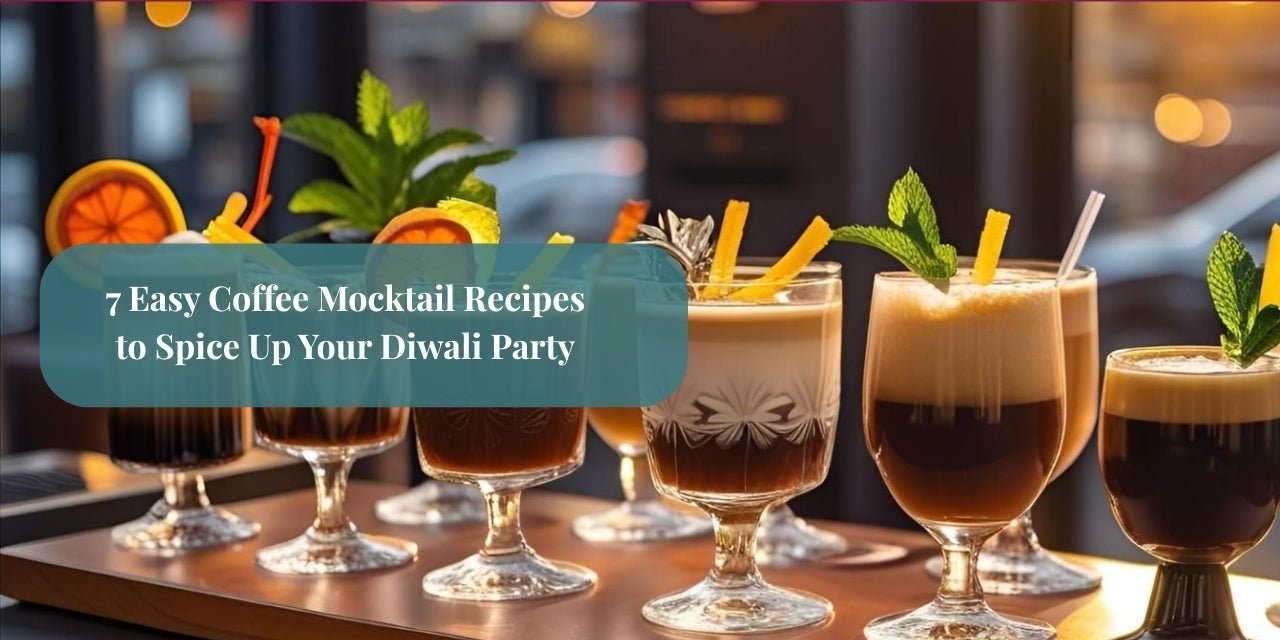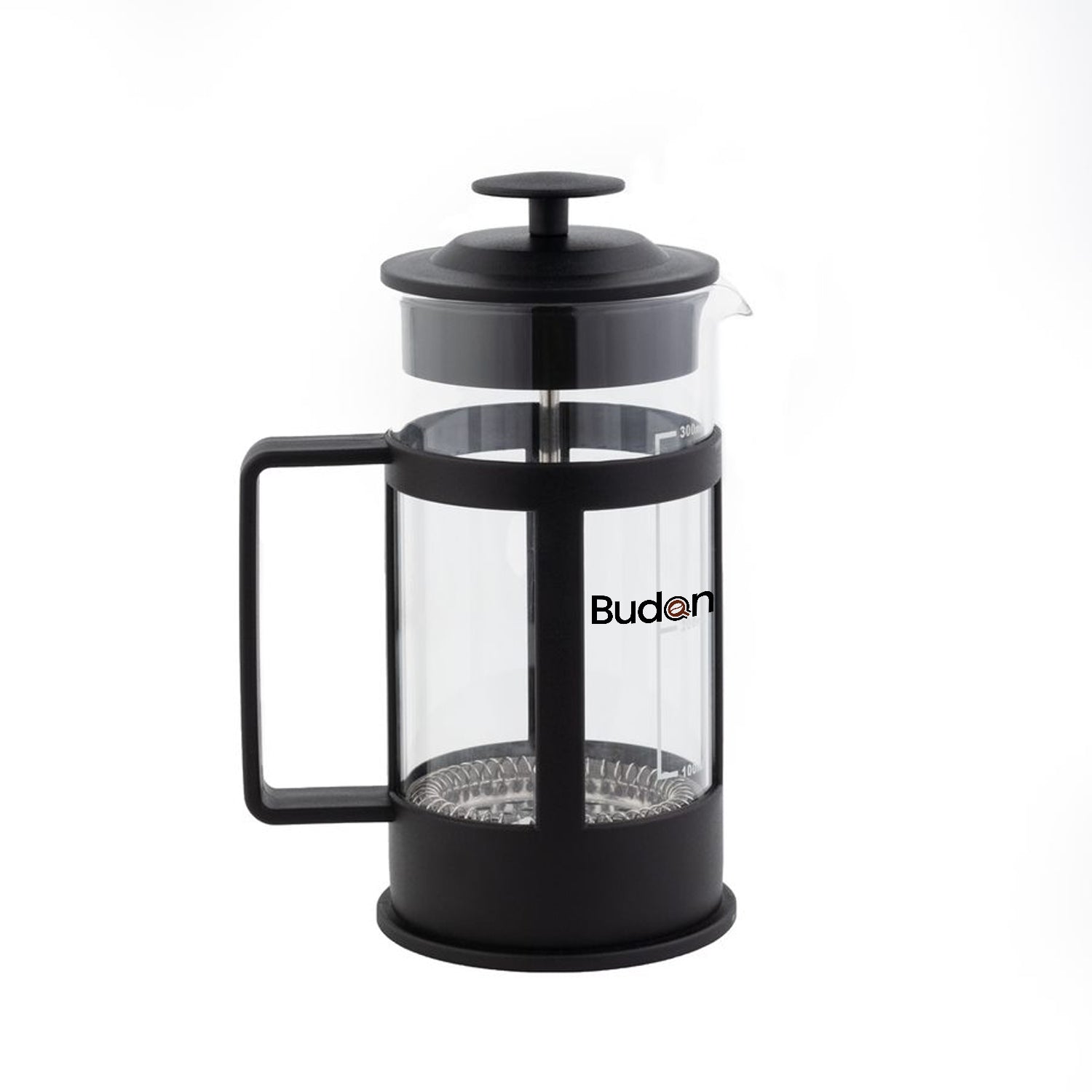If you’ve ever stood in front of shelves lined with dozens of beautifully designed coffee bags, you know the dilemma: Which one should I buy? Every bag promises something different — fruity notes, nutty finishes, single origins, blends, washed or natural processes. But if you don’t know how to interpret a coffee bag label, choosing the right one can feel like guessing.
In this guide, we’ll break down every detail you might find on a coffee bag, helping you confidently pick the right coffee for your taste. Whether you’re a casual drinker or a budding coffee enthusiast, this knowledge will elevate your brewing game.
Why Coffee Bag Labels Matter?
A coffee bag isn’t just packaging; it’s a map that tells the story of the beans inside. Coffee is one of the most complex beverages in the world, and each step, from farm to roaster to your cup, affects flavor. Roasters use labels to communicate essential information so you can match your purchase with your taste preferences, brewing method, and even ethical values.
Think of a wine bottle: the vineyard, grape variety, and vintage all affect your choice. Similarly, coffee bag labels reveal origin, variety, roast level, and tasting notes.
Key Elements on a Coffee Bag Label
1. Origin
The first thing you’ll notice is often the country of origin. Just like wine regions, coffee-growing regions produce distinct flavor profiles:
-
Ethiopia – Floral, tea-like, fruity
-
Colombia – Balanced, chocolatey, nutty
-
Brazil – Sweet, low acidity, heavy body
-
Kenya – Bright acidity, berry-like flavors
-
Indonesia – Earthy, spicy, bold
Some bags go deeper, mentioning specific regions, farms, or cooperatives. For example, “Ethiopia, Yirgacheffe” tells you the beans come from a world-famous micro-region celebrated for citrus and jasmine notes.
Tip: If you’re new to specialty coffee, start with Colombian or Brazilian beans — they’re crowd-pleasers.
2. Variety (Cultivar)
Coffee isn’t one plant; it’s a family with hundreds of varieties. Arabica alone has well-known ones like Typica, Bourbon, Geisha, and SL28.
-
Bourbon – Sweet, balanced
-
Geisha – Floral, exotic, expensive
-
SL28/SL34 (Kenya) – Complex, juicy acidity
-
Catuaí, Caturra – Widely grown, versatile
While beginners may not notice subtle differences, coffee geeks love trying different varieties to taste unique nuances.
3. Processing Method
Processing is how coffee cherries are turned into dried beans. The method dramatically impacts flavor:
-
Washed (Wet Processed): Clean, bright, crisp flavors
-
Natural (Dry Processed): Fruity, wine-like, heavier body
-
Honey (Semi-Washed): Balanced sweetness and acidity
-
Experimental (Anaerobic, Carbonic Maceration): Intense, bold, sometimes funky
Example: A washed Ethiopian coffee may taste citrusy and floral, while a natural Ethiopian coffee from the same farm could taste like blueberry jam.
4. Altitude
Altitude matters because higher elevations produce slower-growing beans, which often means more complex flavors.
-
High Altitude (1,500m+): Bright acidity, floral, fruity
-
Mid-Range (1,000–1,500m): Balanced, sweet, nutty
-
Low Altitude (<1,000m): Milder, chocolaty, heavier body
On a coffee bag, you might see “1,800 MASL” (Meters Above Sea Level). Higher altitudes usually signal specialty-grade coffee.
5. Roast Level
Roast level is crucial because it affects both flavor and brewing method.
-
Light Roast: Bright, acidic, highlights origin flavors. Great for pour-over or drip coffee.
-
Medium Roast: Balanced sweetness and acidity, good all-rounder.
-
Dark Roast: Bold, smoky, chocolaty flavors, ideal for espresso lovers.
Roasters often label these as “City,” “Full City,” “French,” or simply “Light/Medium/Dark.”
Tip: If you brew with a French press or pour-over, choose light to medium roasts. For espresso, medium to dark works better.
6. Tasting Notes
This is where things get fun! Coffee bag labels often list tasting notes like “strawberry, milk chocolate, hazelnut” or “caramel, citrus, floral.”
These aren’t added flavors; they describe what the beans naturally taste like, similar to how sommeliers describe wine. Don’t worry if you can’t pick out all the notes at first — your palate will develop with time.
Pro tip: If you love chocolatey flavors, look for notes like cocoa, nutty, caramel. If you enjoy fruity flavors, seek out berries, citrus, or stone fruit notes.
7. Roast Date
Freshness is key in coffee. Unlike wine, coffee doesn’t improve with age. Look for a roast date instead of a vague “best before” date.
-
Best for filter brewing: 5–14 days after roast
-
Best for espresso: 7–21 days after roast
Avoid bags that don’t print roast dates — it’s usually a sign of lower transparency.
8. Grind Level (If Pre-Ground)
Whole beans stay fresher longer, but some roasters sell pre-ground coffee. If so, the grind size will often be mentioned:
-
Espresso Grind: Fine
-
Pour-Over/Drip Grind: Medium
-
French Press/Cold Brew Grind: Coarse
Whenever possible, buy whole beans and grind just before brewing — it makes a huge difference.
9. Certifications & Ethics
Many coffee bags carry certifications or ethical claims:
-
Fair Trade: Ensures farmers receive minimum prices.
-
Organic: Grown without synthetic chemicals.
-
Rainforest Alliance: Focus on sustainability.
-
Direct Trade: Roaster buys directly from farmers, often ensuring higher pay.
These certifications aren’t just buzzwords — they can reflect quality, environmental impact, and farmer welfare.
10. Roaster Information
Specialty roasters often share their story on the coffee bag. Knowing who roasted your coffee and where can give you a sense of their philosophy. Some roasters even print recommended brew methods for that specific coffee.
How to Choose the Right Coffee Bag for You?
Now that you know how to read a coffee bag label, the next step is picking the right one. Here’s how to align labels with your preferences:
-
If you like sweet, chocolaty coffee: Look for Brazil, Colombia, or medium roast blends.
-
If you prefer fruity, tea-like flavors: Try Ethiopia or Kenya, light roast, washed or natural process.
-
For strong, bold coffee: Choose Indonesia or dark roasts.
-
If you’re experimenting: Pick single-origin coffees with unique varieties or experimental processes.
Common Misconceptions About Coffee Bag Labels
-
“Strawberry flavor means added flavoring.”
False. These are natural tasting notes, not artificial additives. -
“Dark roast coffee has more caffeine.”
Not necessarily. Light roasts often retain slightly more caffeine, but the difference is minor. -
“Blends are inferior to single origins.”
Not true. Blends can be carefully crafted for balance and consistency.
Practical Example: Reading a Coffee Bag
Imagine you pick up a bag labeled:
-
Origin: Ethiopia, Yirgacheffe
-
Variety: Heirloom
-
Process: Natural
-
Altitude: 1,900 MASL
-
Roast Level: Light
-
Tasting Notes: Blueberry, Jasmine, Honey
-
Roast Date: 5 days ago
From this label, you know:
-
It’s likely a bright, fruity, aromatic coffee.
-
Best enjoyed as pour-over or Aeropress.
-
Freshly roasted and ready to brew.
Final Thoughts
Learning how to read a coffee bag label transforms the way you shop for coffee. Instead of being overwhelmed by choices, you’ll start recognizing patterns that align with your taste. Every detail — from origin and process to roast date and tasting notes — helps you connect with the story behind your cup.
So, next time you pick up a coffee bag, take a moment to decode the label. You’ll not only find a coffee that suits your preferences but also appreciate the journey those beans made to reach your mug.


























